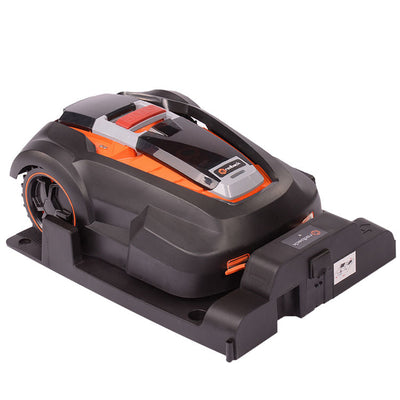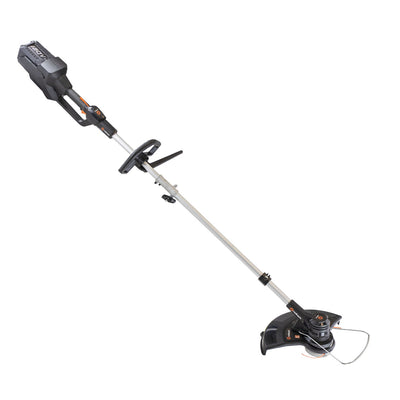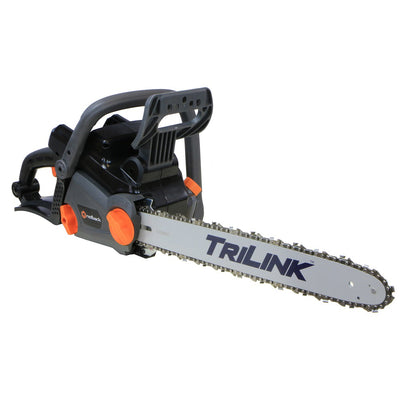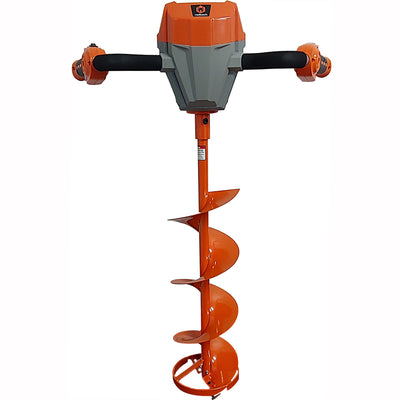Lawn Edging Ideas
Lawn edging is an essential aspect of landscaping, as it provides a clean and defined separation between different areas of your lawn. It not only enhances the visual appeal of your lawn but also helps to keep your garden beds, paths, and other areas separate from the grassy areas. With the right type of edging, you can create an elegant and professional look for the lawn while also preventing unwanted weed growth and grasses.

Understanding the different types of lawn edging and their benefits can help you create a beautiful and well-maintained lawn.
How To Edge A Lawn
Identify The Area
Start by identifying the specific areas you want to work on. It includes the perimeter of your property, around trees or flower beds, along pathways or driveways, and anywhere else where you want a clear and defined border.
Choose The Right Tool
There are a variety of tools that you can utilize to get the job done. Some popular options include a manual edger, a cordless edger, or a gas-powered edger. The tool that you choose will determine the success of your project. There is plenty of variety, but if you want power, efficiency, and convenience in one tool, choose a battery-powered or cordless tool. Models like the Redback Flex 40V Cordless String Trimmer is also an edger. You can use this weather-resistant trimmer/edger for longer with less user fatigue than traditional trimmers.
Mark The Edge
Mark out the areas where you want to work beforehand. You can use either spray paint or a hose to create a visual guide to follow.
Start Cutting
Take your preferred edging tool and start cutting along the marked line. Ensure you apply enough pressure to the tool to push it down into the soil to create a clean and uniform edge.
Remove Excess Soil
Clear away the soil or grass that has been displaced to create a clean and uniform appearance for your lawn or garden bed. You can use a shovel or a rake to remove the debris, making sure to dispose of it properly.
Add Border
The type of edging you choose for your lawn or garden will depend on your preferences and the specific requirements of your space. One option is to add a border to the edge itself. You can use different materials such as plastic, metal, bricks, stones, or even plants. The addition of a border not only adds aesthetic appeal but it can also help to keep grass or weeds from growing into your garden beds or onto your sidewalks.
Maintain
Keeping the edge clean and well-defined requires regular trimming of grass or weeds that grow into the edged area. Maintenance is necessary for the edge to become uneven and unsightly, which can detract from the overall appearance of your lawn or garden.
Lawn Edging Ideas
Lawn edging creates a visible boundary between grass and adjacent areas, such as flower beds, mulch, or rocks. It helps to define and accentuate your outdoor space.
Paving Stones
Paving stones are a popular and versatile option for lawn edging, as they come in various shapes, colors, and sizes to suit your landscape design. They provide a well-defined edge between the lawn and other areas of your yard and can prevent unwanted grass growth. Paving stones are durable and long-lasting, but proper installation is crucial to avoid shifting over time.
Metal Edging
Metal edging is another popular choice for creating a lawn edger. It is durable, long-lasting, and can provide a modern and sleek look to your garden or yard. Metal edging is available in various materials, such as aluminum, steel, and iron. They are also very low maintenance. Unlike other types of edging, such as wood or plastic, metal edging does not rot or decay over time. It also does not require painting or staining, making it a hassle-free option for those who want a lawn edger that will last years if properly maintained.
Plastic Edging
Plastic edging is cost-effective, lightweight, and easy to install. It comes in different styles and colors, making it easy to customize your landscape design. Plastic edging can create either a straight or curved edge, depending on your preference, and helps to define and separate your lawn from other areas of your yard. It also has practical benefits such as preventing soil erosion, keeping mulch or rocks in place, and making it easier to mow and trim around the lawn. While plastic edging is durable and long-lasting, it may not be suitable for vehicle weight or heavy foot traffic.
Bamboo
Bamboo is an eco-friendly and visually appealing alternative to traditional lawn edging. It's strong and durable, withstands harsh weather conditions, and won't rot or decay over time. Additionally, you can easily customize bamboo to your specific landscaping needs. It adds a natural touch to your yard, complementing any landscape design. It can be used in various ways, such as creating a border around a garden bed or walkway. However, it can be invasive if not properly maintained, so it's recommended to plant it in a contained area or use a root barrier to prevent it from spreading.
Lawn Edging Fencing
Lawn edging fencing is a stylish and practical solution for creating a defined boundary between your lawn and other areas of your yard. There are many different types of lawn edging fencing available, such as traditional wooden pickets or modern metal designs. Regardless of the type, it's important to properly install it to ensure it stays in place and does its job effectively. Overall, it's a great investment that adds both aesthetic appeal and functionality to your yard, helping to keep your lawn and garden looking neat and tidy.
Gravel
Gravel is a versatile option for lawn edging that's easy to install and maintain. To use gravel as a lawn edge, dig a trench along the edge of the lawn and fill it with the gravel of your choice. Gravel is permeable, allowing water to drain through it quickly, which can help to prevent water-related damage.
Log Effect Edging
Log effect edging is an excellent option for those who want a natural look to their lawn edge. It is made of durable material that looks like logs but is easy to maintain and install. To use log effect edging, dig a trench along the edge of your lawn and insert the edging. This type of edging is versatile and can be used for any lawn or garden design. It adds a touch of beauty to your outdoor space and can help to prevent soil erosion as well. Log effect edging is an excellent choice for those who want a rustic and natural look to their landscaping.






